Chives, horseradish, garlic chives, basil, and onions. These are all pretty safe from the critters, so they live in the "wilds" outside the protected area. The chives are perennial of course, as are the garlic chives -- which I've got zillions of now -- and the horseradish. The onions I'm planting today.
Here's the planting strip on the south side of the fence:
 |
| There is a planting bed here somewhere. |
These Penstemon digitalis 'Husker Red' seedlings will get dug and potted up, because the parent plant is getting the deer treatment here:
I'll have to cage that plant so it has a fighting chance.
These rocks -- which are actually chunks of concrete from an old patio -- were in place to keep woodchucks from burrowing under the fence:
I haven't seen a woodchuck back here for a few years, and since weeding between these stones is so difficult, I'm going to remove them.
The ever-spreading garlic chives need to go too, at least some of them:
Those rocks allowed many tree saplings to grow along the fence, and although most are small enough to pull by hand, there are a few that have been here for more than a year and are tough to extract:
 |
| Twisted, tough Mulberry sapling. I heard the root snap but hope I got enough to prevent it from coming back. |
With the unwanted plants removed, I'll put down a lot of compost:
Although I've turned compost and sand into this bed before, you need a lot of compost to loosen clay soils, and this bed needs even more.
After turning it under I'll add another layer and turn it under again. The soil is so heavy back here, it's still quite wet. If you've heard "never dig when the soil is wet because it destroys the structure of the soil" that's usually good advice, but the soil here is clay and I want to destroy its structure!
So I'll keep adding compost and breaking up the clay clumps, but there's only so much that can be done with the soil in this condition -- I'll not be able to break up every single clump right now as the soil has too much moisture in it. It will eventually be ready to plant in, but the weather forecast says that the soil won't be getting a chance to dry out for a while and I'm ready to plant these onions now:
So on to plan B... I'm going to put down another couple of inches of compost, and plant the onion sets right in the compost:
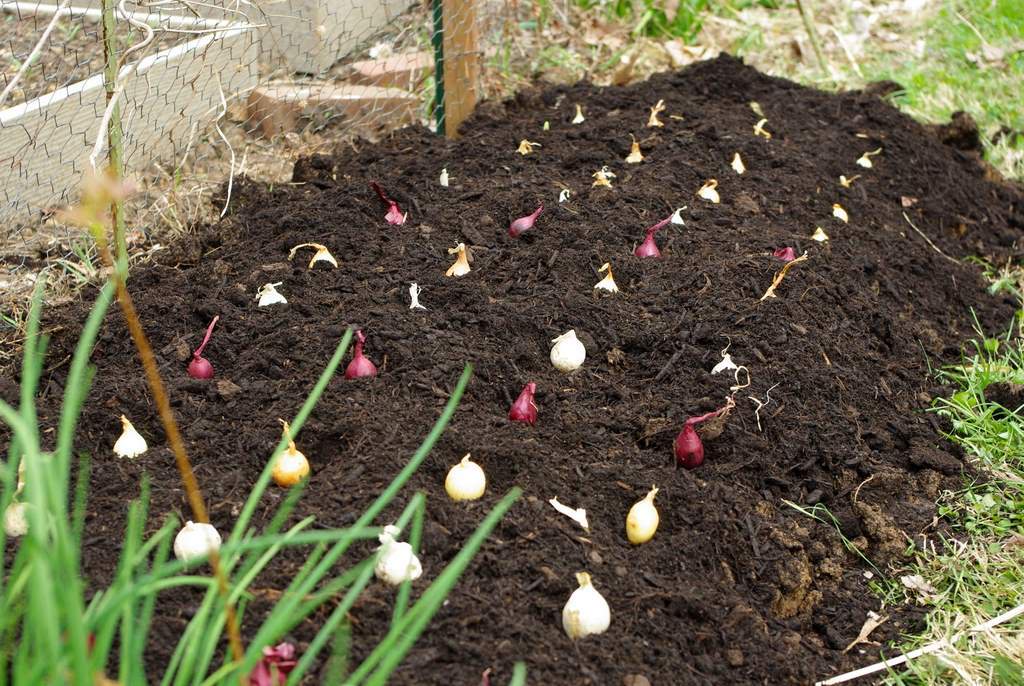 |
| Beautiful! Red, white, yellow... red, white, yellow... |
The roots will quickly make it down into the soil below the compost, and the compost layer will help to break up the clay clumps that are left. I'll have to add more compost at times to keep the bulbs covered, but this should work quite well. I haven't tried this before so we'll see though.
I decided to cover the pretty new bed with an ugly trellis section to prevent critters from digging up the bulbs before they have a chance to get started. It's not complete protection, but hopefully enough of a deterrent.
You might have noticed that I only did about half of this bed today. The other half will be dedicated to basil, and I won't need to plant those for a couple of weeks so there's no reason to prepare that part of the bed now -- and my garden time is limited today.
I've got several onion sets left, so I'll probably put them into pots -- no sense letting them go to waste, right? Plus it's good to have backups in case something does happen to my in-ground onions.
I wonder how many onions we actually eat a year... I've probably planted way too many. But at least they have a nice new bed to grow in.
One last thing: I caught my first mole of the year!
Last year I caught 13 of them, so we'll see how this year compares.
.

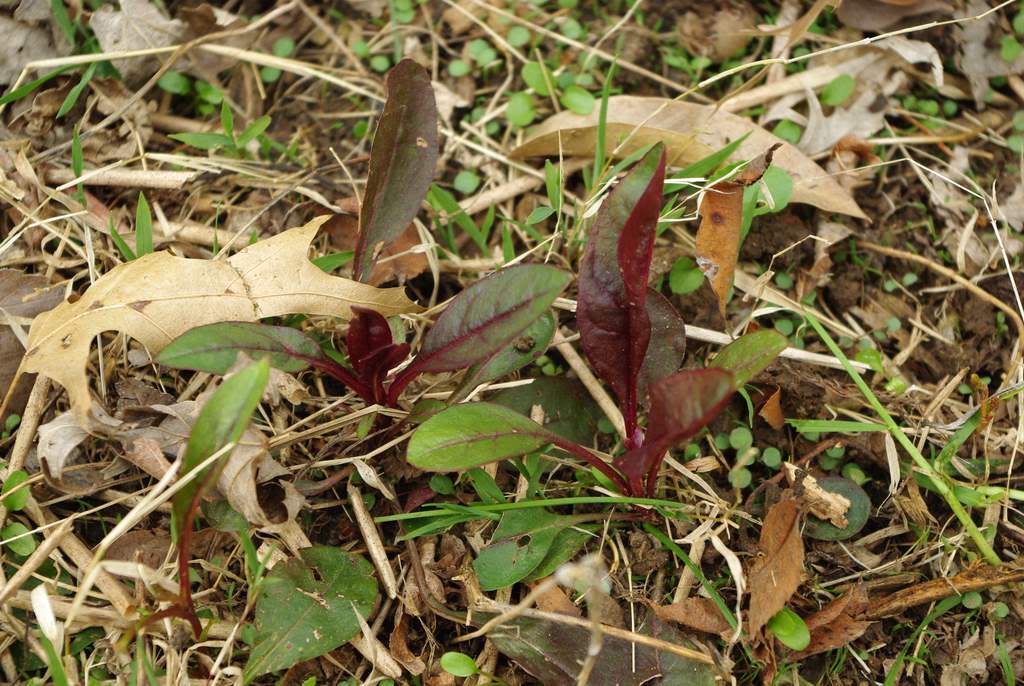

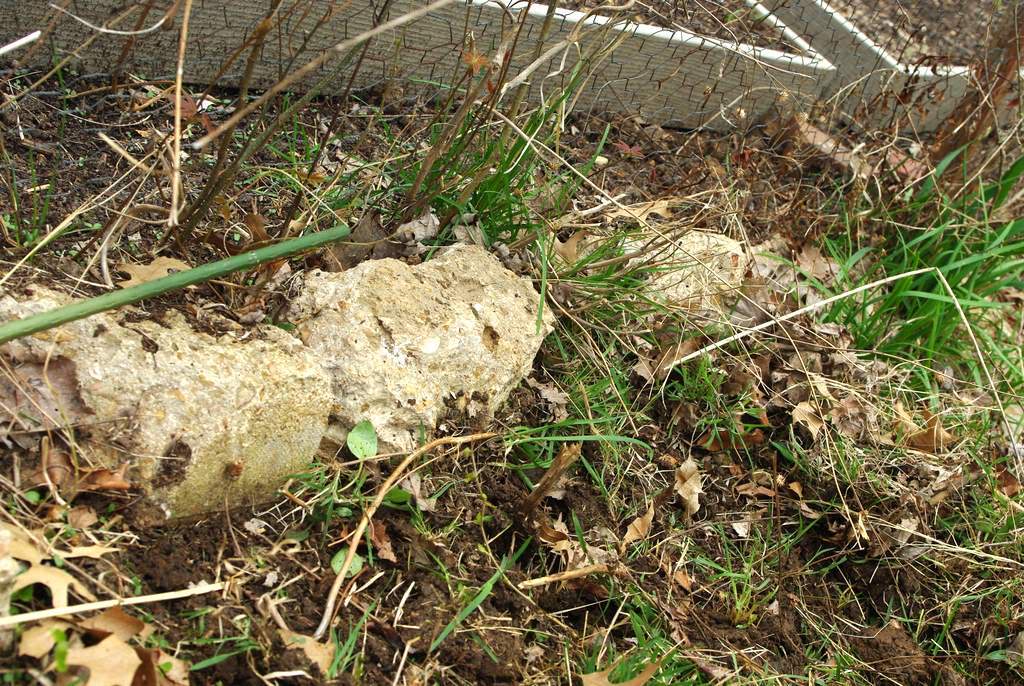

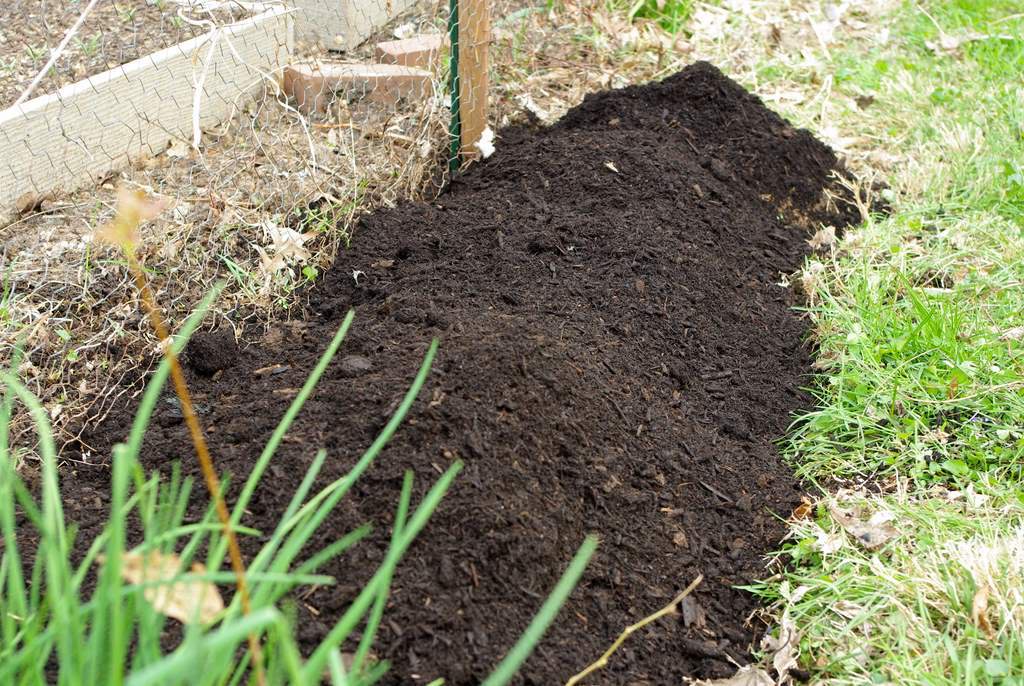
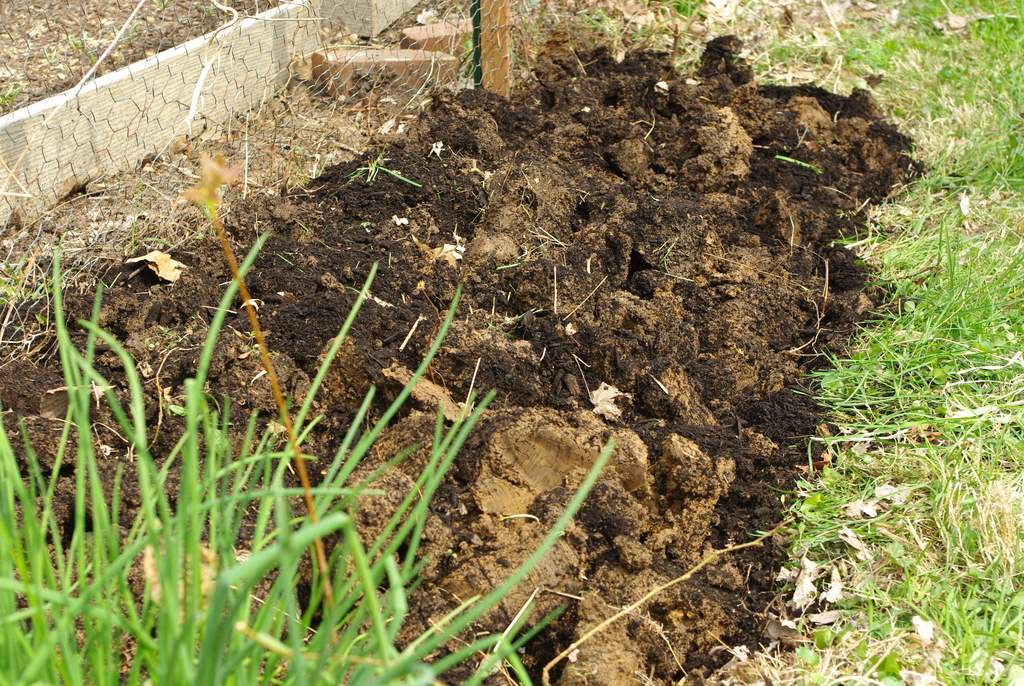

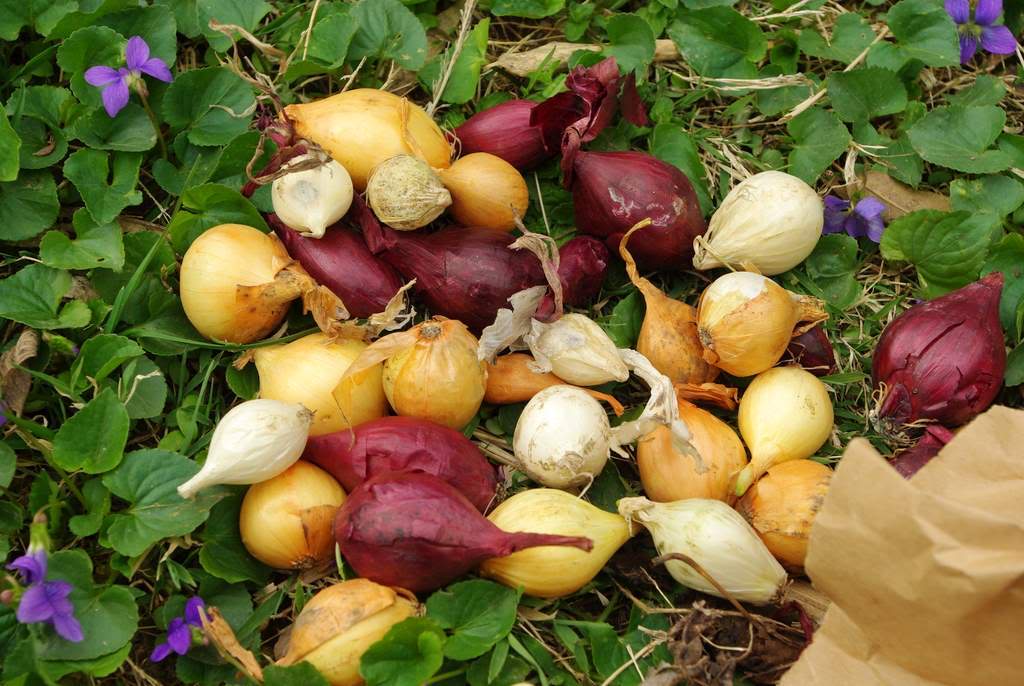

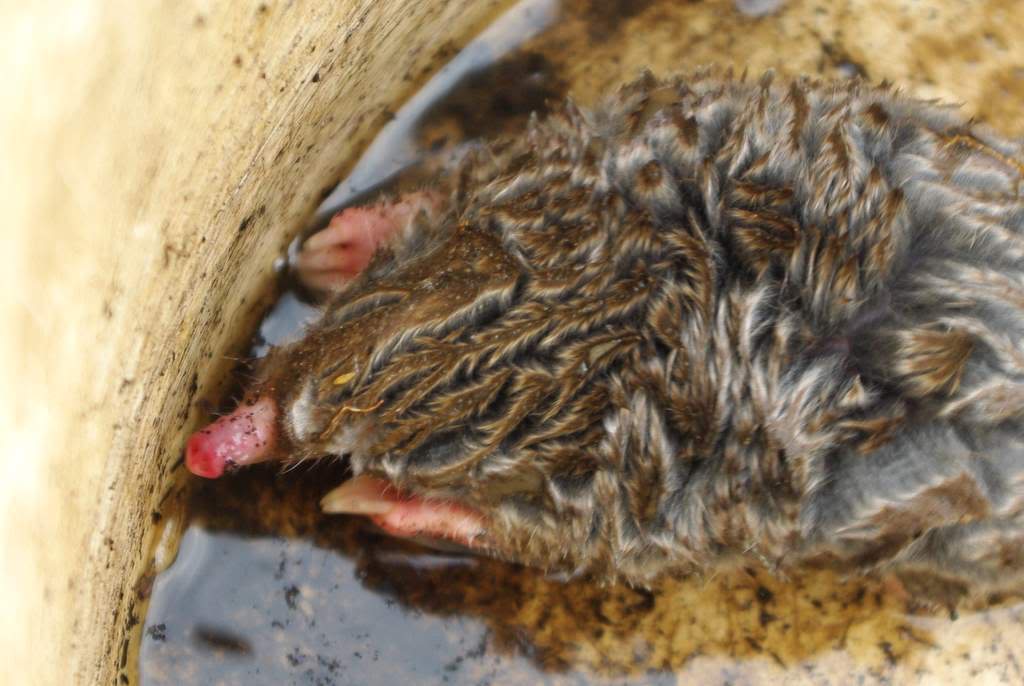
Do tell how you caught the mole - RMan would love to know :-)
ReplyDeleteHi Alan, what do you do with the mole once you catch him? (we aren't allowed to kill trhem here - they are protected because they are endangered).
ReplyDeleteWow, it looks like you put a lot of work into up-keeping so many plants. Your neighbors must be impressed.
ReplyDeleteDani, Christine: I'll do a post specifically about the mole-catching this week (if I can catch another one today)
ReplyDeleteSteve: yes, my neighbors are all envious of my onions. ;-) Actually my one neighbor has a much more impressive veggie garden than I do. This post talks about it.
You have moles! Urban living precludes me from having such wonderful creatures, so do tell how you go about removing them.
ReplyDelete